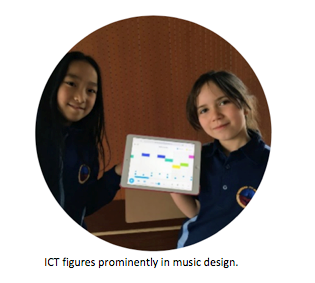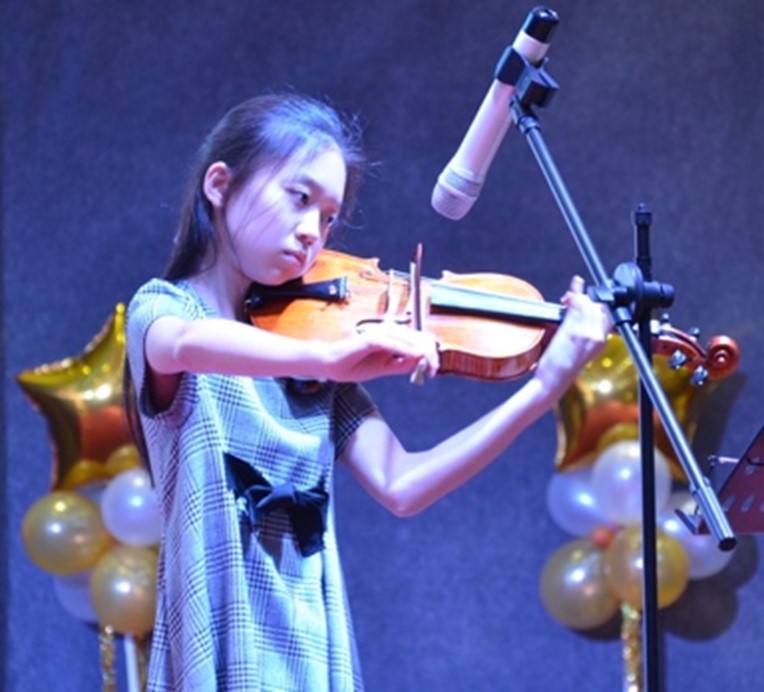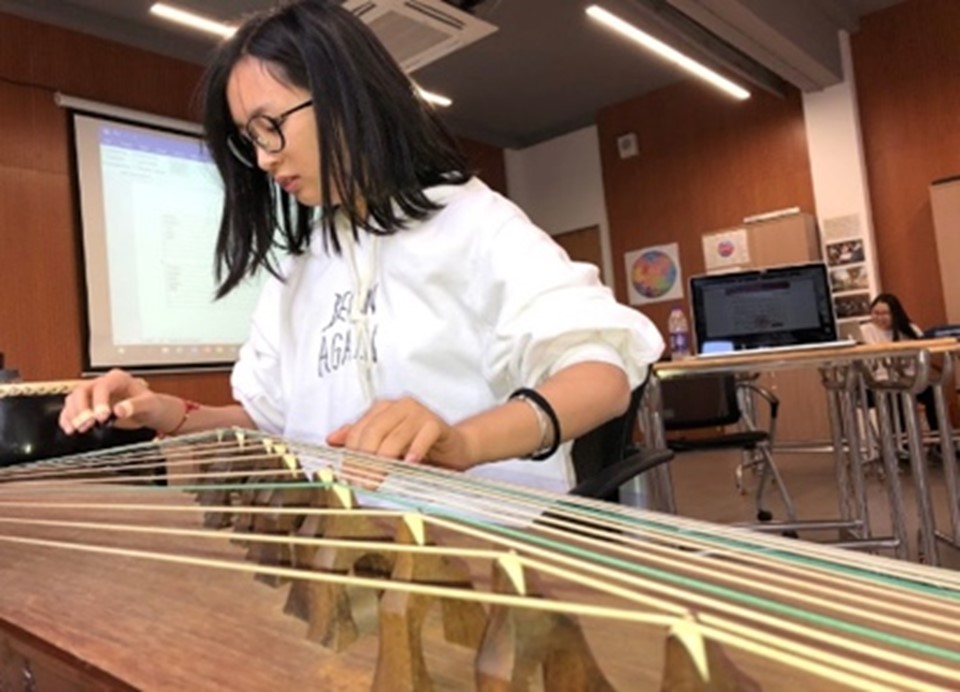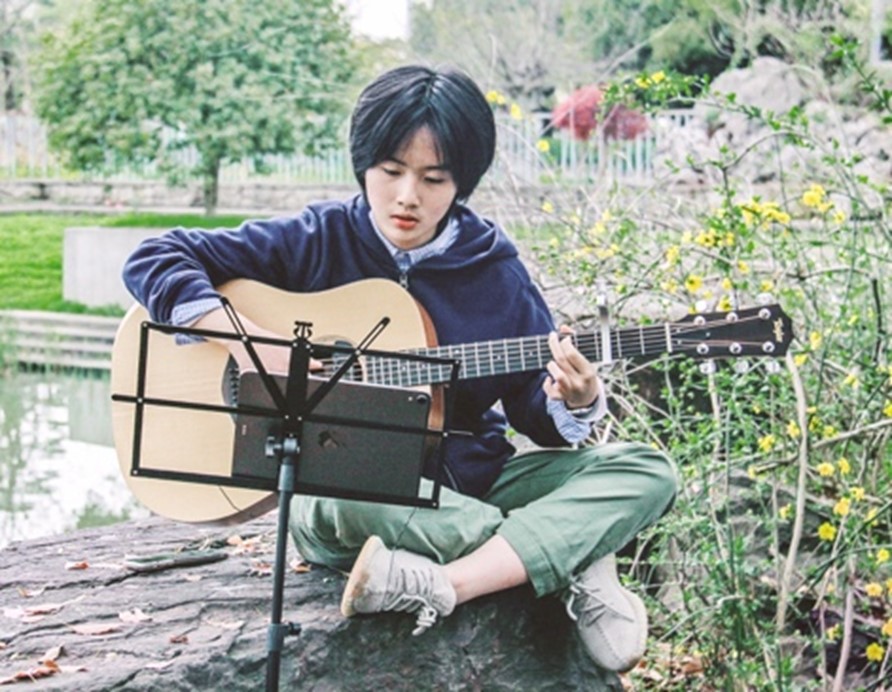Music Programme
The PYP Music Course offers students a medium through which they can learn about themselves and in which they can articulate and express their thoughts, ideas and feelings. We focus on the following segmented elements:
- Tempo
- Beat
- Metre
- Rhythm
- Melody
- Harmony
- Dynamics
- Articulation
- form
- phrasing
Students will have the opportunities to identify and reflect upon “big ideas” by making connections between the musical elements. They will use notation to develop musical ideas. They will also develop an awareness and appreciation of music from different cultures and be able to describe and compare sounds using appropriate musical vocabulary.



Y1
Students gain an awareness and appreciation of music in all its forms from a range of times, places and cultures. Students have opportunities to experiment with sounds to make expressive use of musical elements and simple appropriate musical vocabulary.
Y2
Students apply the use of musical elements through the singing of songs and the playing of instruments. Students have opportunities to identify and reflect upon musical ideas by playing rhythmic patterns with various class percussion instruments.
Y3
Students apply the use of musical elements through the singing of songs and the playing of instruments. Students have opportunities to identify and reflect upon musical ideas by playing rhythmic patterns with various class percussion instruments.
Y4
Students develop musical ideas in simple composition using non-traditional and traditional notation. They play musical pieces using a range of instruments to demonstrate style, expression, and an understanding of melodic direction, tempo and dynamics.
Y5
Students expand their appreciation of diversity by listening to music from different cultures whilst making connections with the common musical elements. They start to compose using notation software as a way to build on previous knowledge and theory. Students learn to refine their work based on feedback and audience response.
Y6
Students are introduced to self-directed ensemble work, which involves planning, rehearsing and executing songs of contrasting styles. For composition they explore software like Musescore for traditional notation and Garageband for sequencing contemporary style music. A careful balance between acquiring Music Technology and acoustic instrument skills is followed in order to best prepare them for MYP and beyond.
Middle School

The NBHIS Middle School and High School Music Programs offer pathways of study for developing skills and building on content knowledge gained from the K-6 music experiences. The program offers rich opportunities for self-expression and musical growth. Playing music is enjoyable, and exciting for students, as they learn to read music, use proper hand positions and embouchures (mouth positions), be part of an ensemble or group, and express themselves through music.
Students engage in a comprehensive curriculum that promotes hands-on learning. Experiences range from literacy with the elements of music to beginning composition and opportunities with music technology. Teachers support students to make connections between historical, social, and cultural events and music. Students are encouraged to develop an appreciation of all types of music through listening, analyzing, evaluating, and composing skills. The have opportunities to showcase their knowledge and skills learned through original, creative projects.



Diploma Programme

The DP Music Course is carefully balanced to provide opportunities for both open creative expression as well as skills-based projects. Many students presume that in order to take Music at DP level, one needs to have several years training beforehand. This is not true, and in order to help students in their choices I will list some Frequently Asked Questions about the course here from a practical perspective:
Higher level
Creating: 25%
Performing: 25%
Written article: 20%
Listening paper exam:30%
Standard level
Creating OR performing: 50%
Written article: 20%
Listening paper exam:30%
(SL has fewer questions in exam)
Frequently Asked Questions
Q: I don’t play any instrument or sing, but I like making music on my computer, do I still have to perform?
A: For SL students, no you don’t have to perform! You have a choice between performing and creating. Creating involves composing music mostly on your computer.
Q: I am a beginner guitarist, can I choose performing?
A: Yes! The criteria for performance support musicians of varying levels. What IB assess is choice of materials of contrast in styles and whether you have chosen the correct level according to your abilities.
Q: For performing do I have to play at a big concert?
A: No. Playing at a concert is encouraged but performing in front of a small audience won’t affect your grades as long as you show a good connection with your audience.
Q: I can’t read music, do I need to be able to for this course?
A: Yes, you need to have skills and knowledge of music theory of at least grade 2 level by the end of semester 1 Year 11. This theory is relevant to most aspects of the course, and is achievable with a bit of time every day, even over a summer vacation.
Q: How many musical terms do I need to know and understand?
A: Like any subject there are important terms to know and remember, this would be the more challenging part of the course for most second-language learner students. there are roughly a minimum of 500 terms that you are expected to know and can be absorbed over the course time in the context of a unit.
Q: What is the written article about?
A: The written work is a 2000-word piece in a format of your choice: magazine article, interview, blog etc. investigating the musical links between two musical pieces of your choice from different eras, culture, country etc.

 中文
中文 한국어
한국어